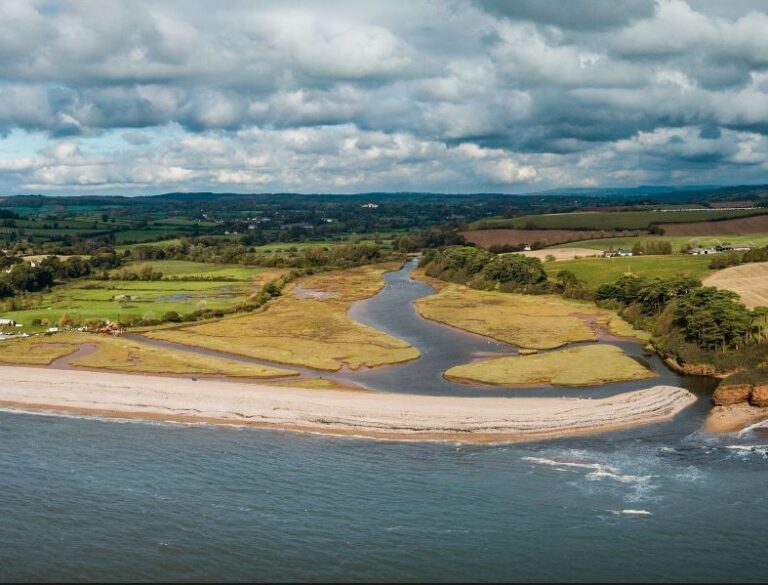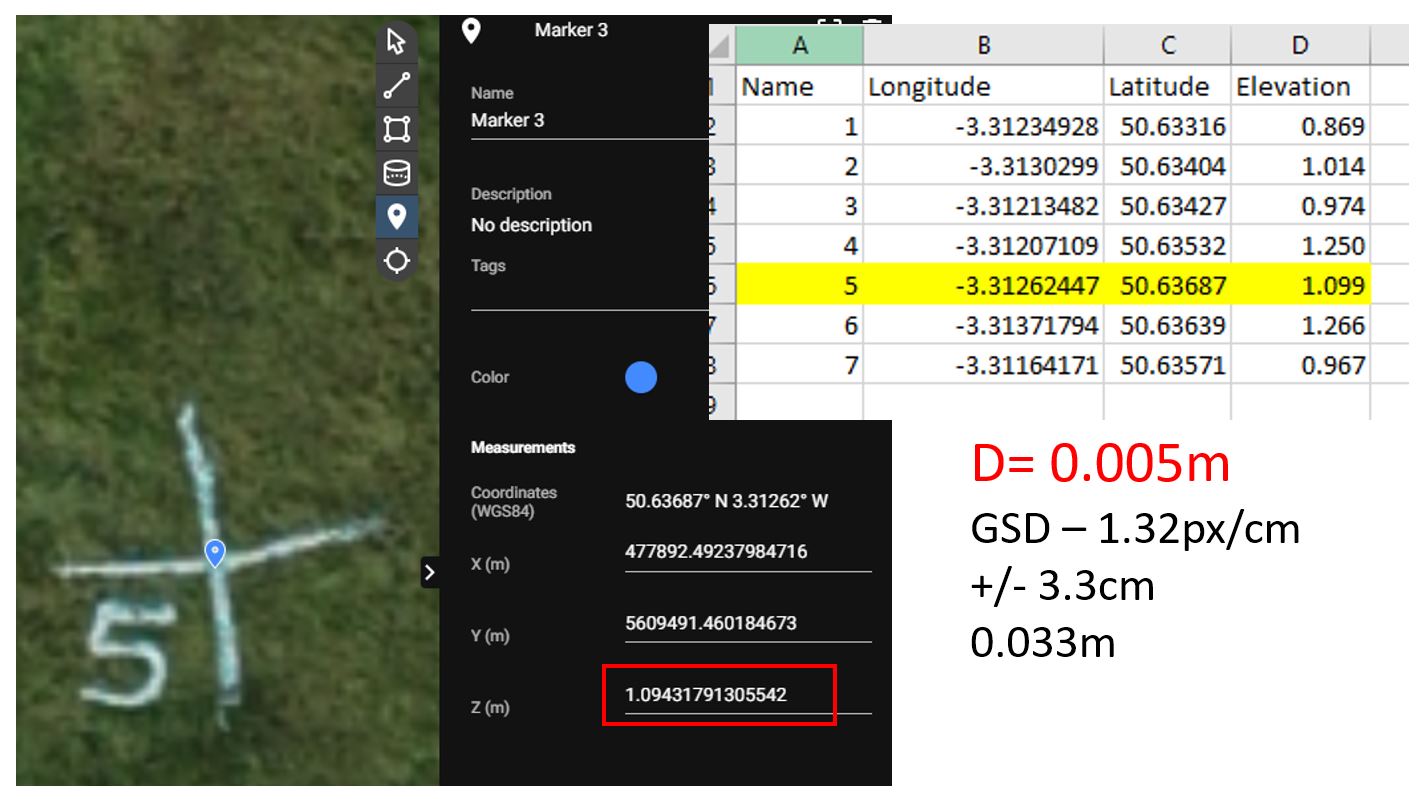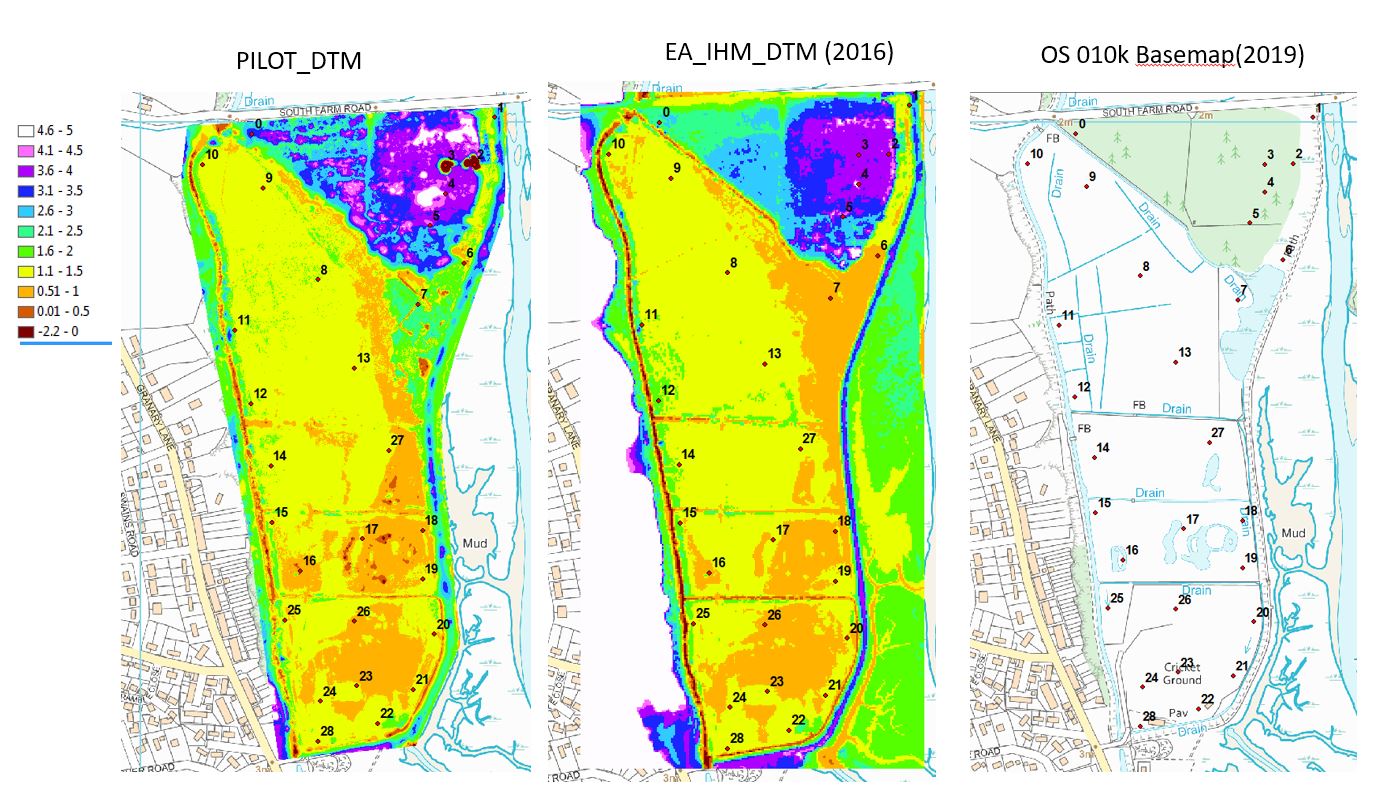
The Environment Agency (EA) makes complex coastal management decisions. We work with them as part of the Lower Otter Restoration Project to establish precise topographic data from drone surveys to help plan and understand the impacts of managed retreat in this stretch of coast.
OUTCOMES
- The project established that drone data can equal traditional surveys
- Cloud-based drone outputs could be easily shared with other stakeholders
- The work demonstrated rapid data capture compared to ground-based
- Enabled detailed maps and survey data at a lower cost for the end-user
THEIR CHALLENGE
Validating drone data as a reliable alternative to lidar and terrestrial-based capture methods
Ground-based and lidar-flown GNSS GPS survey data has always been held up as the "gold standard" - yet it is costly and can quickly become out of date. Drone data, with its low-cost and quick turnaround times needed to show quality comparability when used in critical applications such as coastal flood-risk management. In this project, we needed to show sub 20mm accuracy in our level of output precision.
Getting highly accurate topographic drone data
High-quality mapping takes careful planning, experience and the correct enterprise-level technology. For this our team used a Phantom 4 pro with a very accurate GPS sensor. We combined this with ground control points using the Emlid RS2 GNSS GPS. We worked with the EA to abstract our drone data to compare with established data. Results showed variations between 45mm to <10mm which was consistent with expectations given the flight altitude. Overall, this pilot project demonstrated comparability was possible - quicker, cheaper and safer.
ABOUT THE ENVIRONMENT AGENCY
Environment Agency is responsible for flood management, regulating land and water pollution, and conservation
The Environment Agency is a government body (part of DEFRA) that helps people and wildlife adapt to climate change and reduce its impacts, including flooding, drought, sea level rise and coastal erosion. The EA has around 10,600 employees and is based in Bristol, but organised on a regional basis.
Why South West Aerial Surveys?
- Licenced and audited by the CAA with £5million public liability insurance
- The latest enterprise-level technology using a range of sensor technologies: visual, thermal and mapping as well as ground-based 3D scanning and digitisation
- Staff and equipment resource capability to deliver large and small projects, both in the SW and further afield
- Problem-solving attitude with a track record of safe and efficient delivery in a range of sectors for different clients



